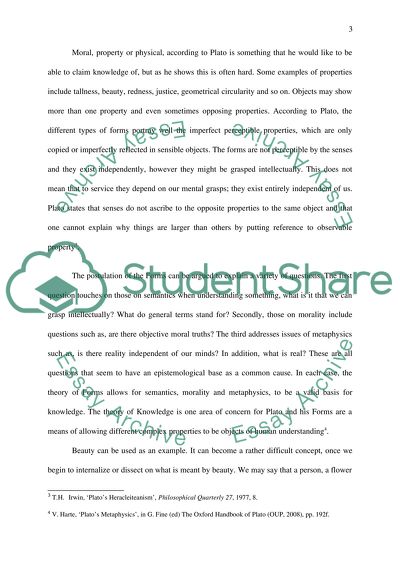Cite this document
(“History of Philosophy / Essay Question: 'What does the postulation of”, n.d.)
History of Philosophy / Essay Question: 'What does the postulation of. Retrieved from https://studentshare.org/philosophy/1636820-history-of-philosophy-essay-question-what-does-the-postulation-of-forms-serve-to-explain-is-there-a-form-for-each-property-if-not-of-what-properties-are-there-forms
History of Philosophy / Essay Question: 'What does the postulation of. Retrieved from https://studentshare.org/philosophy/1636820-history-of-philosophy-essay-question-what-does-the-postulation-of-forms-serve-to-explain-is-there-a-form-for-each-property-if-not-of-what-properties-are-there-forms
(History of Philosophy / Essay Question: 'What Does the Postulation of)
History of Philosophy / Essay Question: 'What Does the Postulation of. https://studentshare.org/philosophy/1636820-history-of-philosophy-essay-question-what-does-the-postulation-of-forms-serve-to-explain-is-there-a-form-for-each-property-if-not-of-what-properties-are-there-forms.
History of Philosophy / Essay Question: 'What Does the Postulation of. https://studentshare.org/philosophy/1636820-history-of-philosophy-essay-question-what-does-the-postulation-of-forms-serve-to-explain-is-there-a-form-for-each-property-if-not-of-what-properties-are-there-forms.
“History of Philosophy / Essay Question: 'What Does the Postulation of”, n.d. https://studentshare.org/philosophy/1636820-history-of-philosophy-essay-question-what-does-the-postulation-of-forms-serve-to-explain-is-there-a-form-for-each-property-if-not-of-what-properties-are-there-forms.


